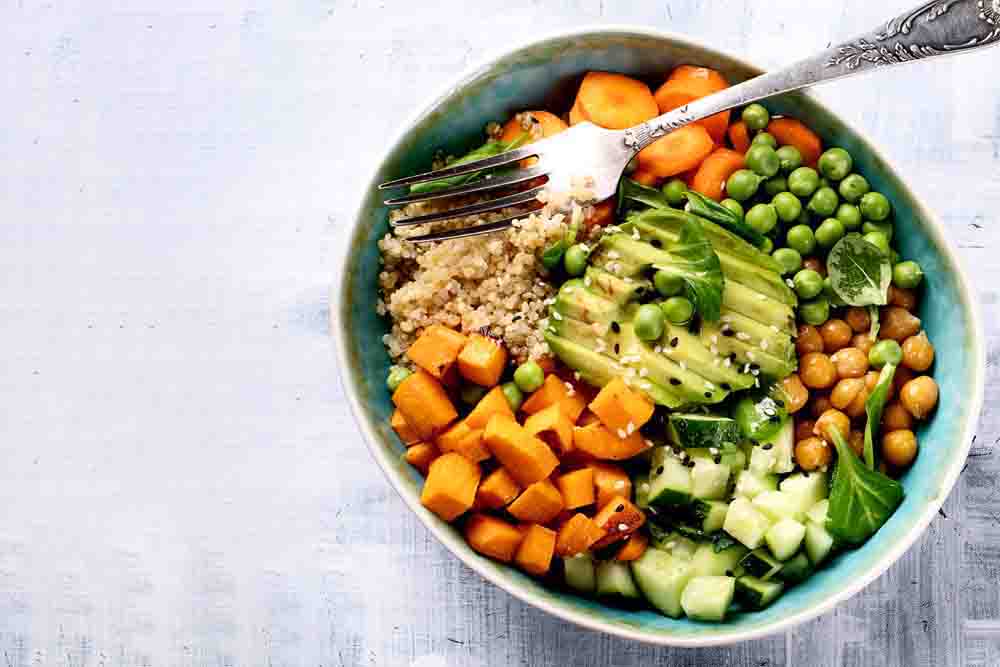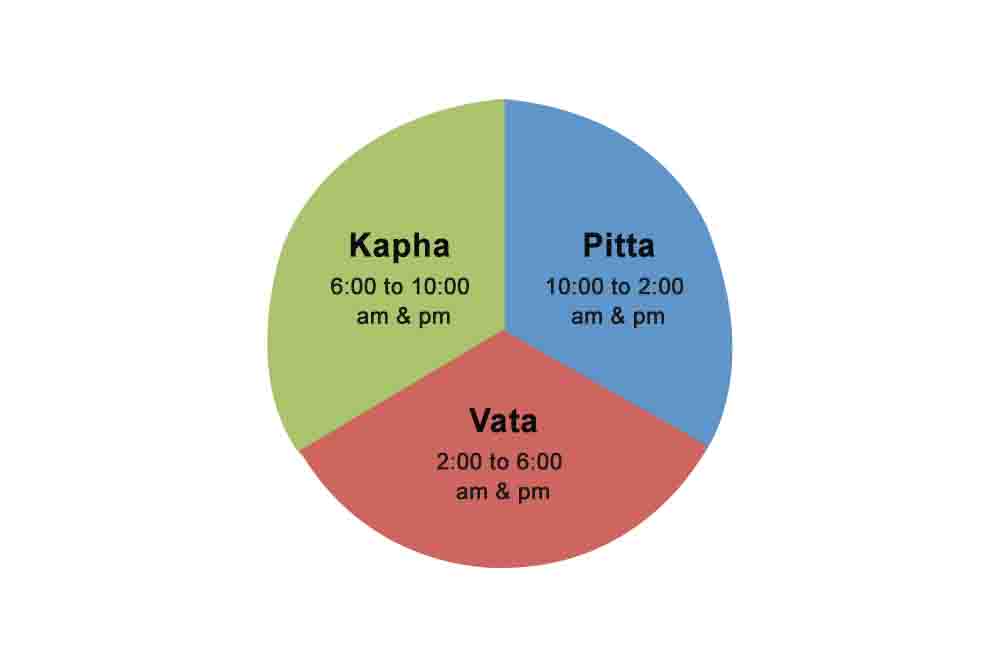Pitta Dosha’s characteristics are marked by qualities of fire, ambition, and intelligence. Pitta Dosha is responsible for heat, transformation, and metabolism in Ayurvedic medicine. This Dosha influences the fire element within us, which causes us to get up and be active in the morning. Pitta is the only one with a warm feature, unlike Vata and Kapha, which are chilly and cool.
Meaning of Pitta Dosha
The Pitta Dosha is associated with stubbornness and is centered on fire and water. The usual descriptors are hot, light, sharp, oily, liquid, and mobile. Summer is known as the pitta season because of its long summer days. The Pitta Dosha is associated with stubbornness and is centered on fire and water. The usual descriptors are hot, light, sharp, oily, liquid, and mobile.
Because of its long, scorching days, summer is known as the pitta season.
Pitta people are said to have a robust physique, be very athletic, and be powerful leaders. They’re driven, goal-oriented, and competitive. Nonetheless, their powerful and uncompromising personality can be off-putting to others, resulting in conflict. Weaknesses include:
- Being impatient, prone to conflict, and always hungry.
- Having mood swings when hungry.
- Being prone to acne and inflammation.
- Being sensitive to high temperatures.
Those with a Pitta Dosha should prioritize work-life balance and avoid extreme heat (such as hot weather or spicy food).
Pitta Dosha Characteristics

Pitta Dosha is also known as our bodies’ “fire” element. The three doshas comprise the five essential elements of space, air, earth, fire, and water. Mixing fire and water forms Pitta Dosha, which is why it is associated with the “fire” element in our bodies. When we explore pitta-balancing foods later, it will become evident why we must avoid scorching, spicy meals to regulate Pitta Dosha.
When we remember that pitta is formed by merging fire and water components, several of the above features of Pitta Dosha seem clear. Other properties, such as oiliness or smell production, are less obvious and hence less valuable to know; this is why persons with a prominent pitta feature may have excessive body smell or an oily scalp.
Pitta Dosha Time and Space Effect
One of the three doshas dominates different portions of the day and night, affecting our bodies. Pitta Dosha rules the middle of the day and the period around midnight, according to the movement of the Sun. This is why humans are most hungry at midday when the Sun’s “fire” energy is high. Similarly, because of the more incredible Pitta energy of the midnight hour, we frequently experience late-night hunger pangs if we remain late.
The 24-hour day may be broken into six 4-hour halves.
One of the three doshas rules each 4-hour time. This is the notion of the Ayurvedic clock, which may help you better comprehend Ayurvedic health concepts.
Ayurveda Recommends Limiting the Intake of Specific Dishes.
Although most meals originated from Mother Nature, whether fruits, seeds, nuts, vegetables, or spices, are laden with numerous health benefits, Ayurveda advises restricting the consumption of some dishes while boosting the consumption of others to balance an agitated Pitta Dosha. Follow the food guidelines for Pitta Dosha after determining your body type to be pitta dominant, either by your physical characteristics, lifestyle habits, and mental inclination or by consulting with a licensed Ayurvedic practitioner.
Identifying your body type improves general well-being and helps keep the three doshas in harmony.
Symptoms of Pitta Dosha

Summer is supposed to be the Pitta Dosha season. Pitta, a mix of fire and water components, is hot, greasy, and light. When there is an excess of Pitta in the body, you should do the following:
- Excessive heat production in the body
- Indigestion, acid reflux, and gas
- Joint inflammatory disease
- Constipation, diarrhea, or nausea
- Angry and irritable
- Poor breath
- Body smell
- Excessive sweating
What are the Signs of an Increase in Pitta Dosha?
Pitta Dosha primarily affects the gastrointestinal tract, liver, skin, eyes, and brain. An increase in the body produces any or all of the Pitta Dosha symptoms listed below:
- Extreme thirst or hunger
- Acidity
- The body experiences hot flushes
- Rashes, acne, and boils on the skin
- Bile Vomiting (Yellowish Water)
- Body smell that is overpowering
- Nausea
- Loose Motions
- Rage and irritation
- Sensitivity to heat
Home Remedies and Diet for Pitta Dosha

- Fruits that help eliminate pitta from the body
Apples, apricots, berries, cherries, coconut, dates, pear, papaya, plums, pomegranate, mango, orange, melons, watermelon, strawberries, figs, and grapes are some of the fruits and vegetables available. (Note: Anything in the pitta pacifying meals category that tastes bitter should be eliminated immediately.
- Vegetables
Examples of sweet and bitter vegetables are asparagus, cabbage, cucumber, cauliflower, green beans, lettuce, peas, potatoes, sprouts, and mushrooms.
- Poultry, eggs, meat, and seafood
The eggs are OK. Otherwise, it is advised to follow a vegetarian diet and avoid chicken, pork, and shellfish.
- Legumes
They are astringent and hence aid in balancing pitta. You must include the following legumes in your daily diet as part of your uncomplicated and simple pitta cures to attempt at home. Avoid soy meat, miso, urad dal, and soy sauce. These meals are high in salt and may aggravate Pitta Dosha.
- Oils
Dishes can be prepared with coconut, olive, or sunflower oil.
- Nuts and seeds that help pitta treatments work for you
Because most nuts and seeds have high oil content, they are suggested to be avoided on the pitta diet. Almonds (soaked and peeled), flaxseeds, coconuts, pumpkin seeds, sunflower seeds, and popcorn (unsalted and plain) are all Pitta diet-suitable nuts and seeds. Cashew nuts, almonds with skin, pine nuts, pecans, pistachios, tahini, walnuts, sesame seeds, chia seeds, and peanuts are all nuts and seeds to avoid.
- Spices
Salads, soups, and prepared dishes can benefit from subtle flavourings such as cinnamon, turmeric, cardamom, fennel, and black pepper. It is advised that you reduce your salt use.
- Meats
To battle the subject of minimising pitta, the finest animal flesh is sweet in taste and dry. You can include chicken, prawns, rabbits, deer, freshwater fish, white eggs, and buffalo meat in your diet. Avoid these meats: beef, egg yolk, duck, pig, salmon, seafood, sardines, lamb, saltwater fish, tuna fish, and turkey.
Pitta Dosha’s Symptoms Have Become More Severe.
A Dosha can be worsened or unbalanced by diet, lifestyle, stress, etc. For example, eating a scorching spicy meal heavy in chillies or spending an extended period outside in the scorching noon sun increases your body’s heat and fire elements. Pitta Kshaya, or low Pitta levels in the body, is another possibility. Low appetite, a drop in body temperature, pale, lifeless skin, and other symptoms might indicate this.
The Ayurvedic mind-body element connected with fire and water is Pitta Dosha.
| Pitta in Balance | Pitta Out of Balance |
| Perfectionist | Controlling, fiery personality |
| Strong Intellect | Workaholic Tendencies |
| Strong Digestion | Overheated, excess stomach acid |
| Radiant, Glowing Skin | Skin Rashes and Acne |
| Sleeps through the night | Interrupted Sleep |
| Inner Peace and happiness | Loose Bowel Movement |
You May Also Like:
Ayurvedic Herbs and Spices with Health Benefits

